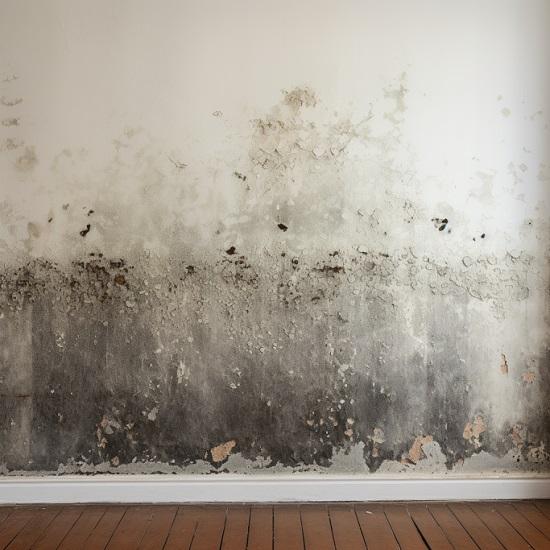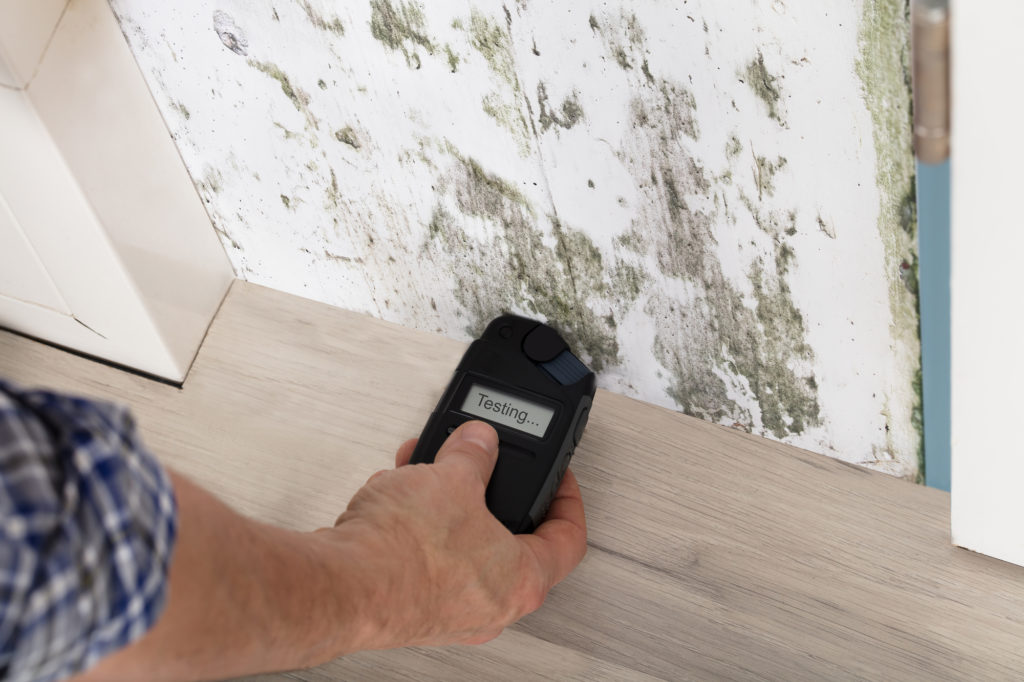After Mold Remediation Methods for Clean Areas
Wiki Article
Expert Tips for Post Mold Remediation Success
In the realm of mold and mildew remediation, efficiently eradicating mold is only half the battle; truth challenge hinges on stopping its reappearance. Post-remediation initiatives play a critical function in ensuring a mold-free environment in the long-term. By sticking to experienced suggestions and ideal practices, individuals can protect their rooms against mold rebirth and keep a healthy and balanced indoor atmosphere. It is in this phase of the remediation process that focus to information and proactive steps absolutely make a difference.
Display Moisture Levels Consistently
After finishing mold and mildew removal procedures, keeping optimal moisture levels is important to protect against mold re-growth and ensure a healthy and balanced indoor environment. High moisture degrees above 60% produce a helpful setting for mold to flourish, making regular monitoring a proactive step to prevent any type of future mold and mildew problems.Furthermore, developing a regular schedule for humidity checks, especially in high-risk areas such as bathrooms, basements, and cooking areas, is an aggressive strategy to mold and mildew avoidance. By consistently keeping an eye on humidity levels, residential or commercial property proprietors can efficiently minimize the risk of mold reoccurrence and keep a healthy and balanced indoor atmosphere post-remediation.
Conduct Thorough Inspections Post-Remediation
Adhering to the conclusion of mold removal treatments, it is necessary to carry out comprehensive inspections to verify the performance of the removal process. These post-remediation assessments are crucial in making sure that the mold and mildew issue has actually been efficiently dealt with which there is no recurrence or staying mold and mildew development. Assessments must be accomplished by qualified specialists that have expertise in recognizing mold and mildew and analyzing interior air top quality.Throughout these assessments, different methods such as visual analyses, air tasting, and surface sampling may be used to completely examine the remediated areas. Aesthetic assessments include a detailed inspection of the premises to inspect for any kind of noticeable indicators of mold growth or water damages. Air tasting assists in determining the airborne mold and mildew spore degrees, while surface area sampling can discover mold fragments on surface areas.
Implement Appropriate Air Flow Strategies
After ensuring the effectiveness of the mold and mildew removal process with comprehensive examinations, the following important action is to focus on executing proper air flow approaches. Sufficient ventilation is important in protecting against mold and mildew reoccurrence by controlling dampness levels and promoting air circulation.
Proper try this site air flow not only help in avoiding mold development however likewise contributes to the general wellness and convenience of residents. By making certain sufficient air flow throughout the building, you can reduce the risk of mold and mildew regrowth and produce a healthier living atmosphere.

Use Mold-Resistant Products for Repair Works
To boost the lasting performance of mold and mildew removal efforts, including mold-resistant materials for repairs is critical in reducing the risk of future mold development. Mold-resistant materials are developed to endure moisture and hinder mold and mildew development, making them a vital selection for areas susceptible to moisture and moisture. When repairing areas affected by mold, using products such as mold-resistant drywall, mold-resistant paints, and mold-resistant caulking can aid avoid mold and mildew reappearance.Mold-resistant drywall is an excellent choice to conventional drywall in locations like shower rooms and basements where moisture degrees are greater. This kind of drywall has an unique layer that resists mold development also when exposed to damp problems. Furthermore, using mold-resistant paints consisting of antimicrobial agents can even more inhibit mold growth on walls and ceilings.
In areas where moisture is common, such as bathroom and kitchens, using mold-resistant caulking around sinks, bathtubs, and windows can help secure out water and avoid mold from holding in splits and holes. By purchasing these mold-resistant products linked here throughout repair work post-remediation, you can significantly minimize the probability of future mold concerns and preserve a healthier indoor environment.
Maintain Tidiness and Address Water Issues
After mold remediation, it is vital to preserve a clean environment to prevent the regrowth of mold. Leaks, water breach, or high moisture degrees can create the ideal reproduction ground for mold and mildew, so it is critical to repair any kind of water-related troubles right away.To maintain cleanliness, think about using HEPA filters in vacuum cleaners and air purifiers to catch mold and mildew spores and stop their blood circulation airborne. Additionally, making sure correct air flow in locations susceptible to moisture find out here now accumulation, such as bathrooms and kitchens, can assist maintain humidity levels in check. By staying attentive concerning cleanliness and resolving water concerns immediately, you can successfully stop mold reinfestation and keep a healthy and balanced interior setting.
Verdict

In the realm of mold remediation, successfully eradicating mold and mildew is only half the fight; the true obstacle exists in stopping its reappearance. After finishing mold remediation procedures, maintaining ideal moisture degrees is important to avoid mold re-growth and make sure a healthy and balanced interior environment. High humidity degrees above 60% develop a conducive setting for mold to prosper, making normal keeping an eye on an aggressive measure to stop any future mold and mildew problems.
To improve the lasting performance of mold and mildew removal initiatives, incorporating mold-resistant materials for repair work is vital in minimizing the danger of future mold and mildew development. After mold and mildew remediation, it is crucial to preserve a tidy setting to avoid the regrowth of mold and mildew.
Report this wiki page